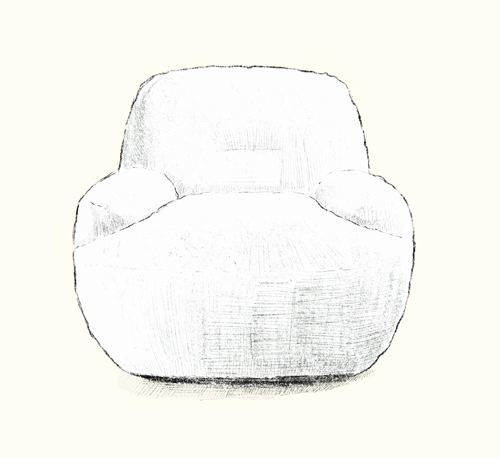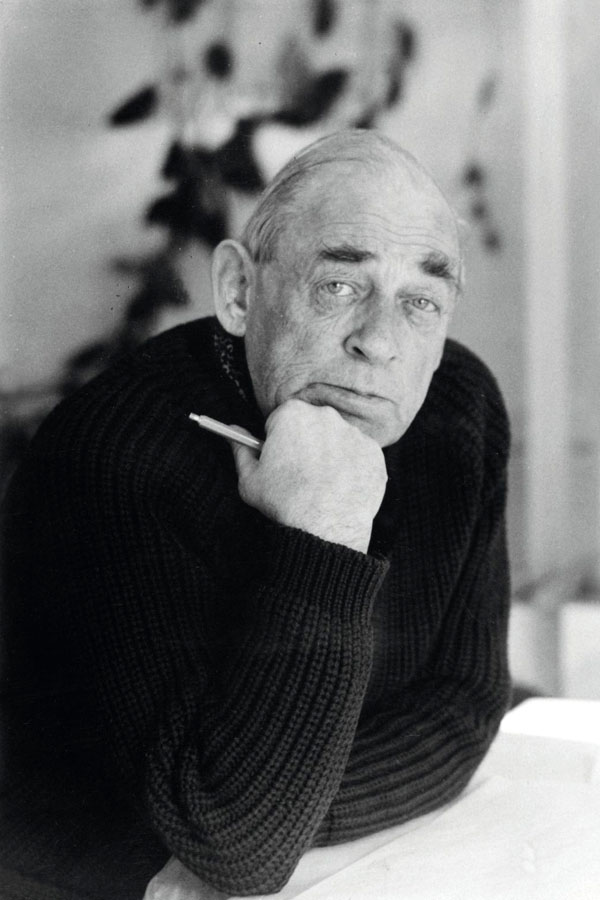There are no products here
Search what you are looking for


Hugo Alvar Henrik Aalto was born on February 3, 1898, in Kuortane, Finland. He grew up in a cultured family, with his father working as a surveyor and his mother as a teacher. From an early age, he developed an interest in architecture and art. In 1916, he enrolled at the Helsinki University of Technology, where he studied architecture under the influence of Nordic classicism. He graduated in 1921 and founded his first firm in 1923 in Jyväskylä, where he began his career designing houses and public buildings in a neoclassical style.
The Rise of Functionalism and the Organic Approach
In the early 1920s, Alvar Aalto traveled across Europe and discovered the modernist movement, particularly the works of the Bauhaus and Le Corbusier. He then evolved towards functionalism, an architectural style based on rationality and simplicity of form. He applied these principles to his first major projects, such as the Viipuri Library (1935) and the Paimio Sanatorium (1933). The latter was designed to enhance the well-being of tuberculosis patients, featuring bright spaces and ergonomic furniture, including his famous Paimio chair.
However, unlike many modernists who favored steel and concrete, Aalto emphasized a more organic and humanistic approach. He integrated natural materials, particularly wood, and designed buildings that harmonized with their surroundings. His style became recognizable through its flowing lines, wave-like shapes, and harmonious structures.
International Success and Industrial Design
In 1935, Alvar and his wife Aino Aalto, also an architect, founded the company Artek, which produced and marketed their furniture. They created iconic pieces such as the Stackable Stool 60, the Pair of Armchairs Model 402, and lamps with organic shapes. Their furniture, designed to be both functional and aesthetic, became a hallmark of Scandinavian design.
During the 1940s and 1950s, Alvar Aalto taught in the United States, notably at MIT, where he designed the Baker House dormitory (1947-1949). He also created the Säynätsalo Town Hall and the Experimental House in Muuratsalo, where he explored new architectural forms.
A Timeless Legacy
Until his death in 1976, Alvar Aalto designed over 200 buildings and numerous design objects. His approach, which combined functionality, aesthetics, and integration with nature, had a profound impact on modern architecture. Today, his legacy is preserved by the Alvar Aalto Museum in Jyväskylä, and his creations remain essential references in contemporary design and architecture.
Choose a piece that brings the history and vision of this designer into your space with Norki!
Search what you are looking for